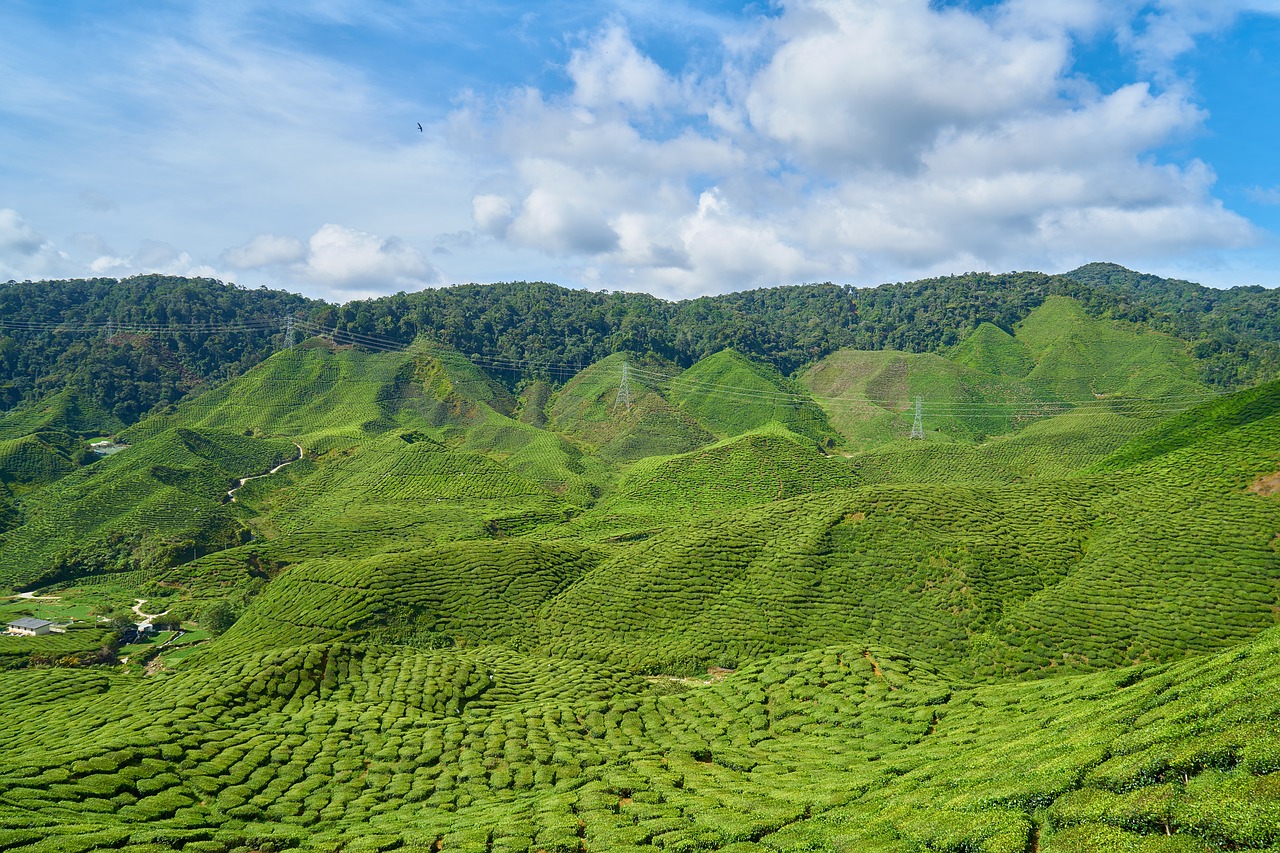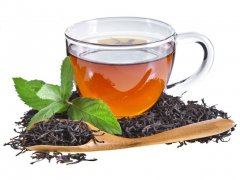What is tea? What is the exact definition? What is the basis for classifying Chinese tea?
What is tea? Tea is one of the most popular drinks in the world, second only to water. It has thousands of different flavors and aromas, from cool and herbal to floral and spicy, and almost everyone suits it. While enjoying delicious drinks, drinking tea is a good way to promote health. It provides a wide range of health benefits. Tea originated from ancient societies such as China, Rome and Greece, and has been used in traditional medicine, including Ayurveda, for centuries. For a long time, tea has been regarded as an important part of social life. Since its discovery, Chinese and Japanese have regarded tea drinking as part of religious and cultural rituals. In the 16th century, traveling Portuguese priests and merchants discovered tea, which was introduced into the Western world from Asia. It was not until the British colonial rule in the 17th century that tea began to become popular in Britain and integrated into social communication. The aroma and various flavors of tea are produced in the process of tea production. Real teas, such as green tea, white tea, oolong tea, black tea and Pu'er tea, are harvested from tea trees. Herbal granules or soups are made from spices and flower parts, including unopened buds and stems. Herbal teas are produced and classified differently from real teas because they do not actually contain tea leaves from tea trees. How is tea made? After a series of operations such as rolling, fermentation and drying, we harvest the tea from the tea tree to the production process, and the tea friends will be able to taste the whole life experience of this leaf from the scalding teacup.

The first stage of tea production is the cultivation of tea trees. Camellia is an evergreen tree that grows in tropical and subtropical climates. This plant likes acidic soil and heavy rainfall to get the best growth conditions. Tea trees are planted all over the world as far as England and New Zealand in the south. Tea trees growing at high elevations tend to have a stronger flavor. Generally speaking, it takes about three years for tea trees to produce tea suitable for brewing. Tea trees are divided into three groups according to their size. Assam has the largest leaves, followed by the medium-sized Cambodian species, and the smallest Chinese species. Although tea trees can grow up to 50 feet tall, most harvested tea trees are waist-high to make it easier to pick young fresh leaf buds at the top of tea branches. Shorter plants also tend to produce more branches and leaves, thus increasing productivity. The tea is picked from the tea tree and transported to a nearby tea factory for production. During the harvest, the tea is picked only one or two inches from the top of the tea tree. This kind of tea is produced every 7 to 15 days during the harvest season. Tea is usually picked by hand in the tea garden and placed in a large wicker basket. When the basket is full, it is sent to the tea artist, where the tea is checked and weighed to ensure quality. Broken leaves are usually discarded, just like those damaged by sunlight or water. Of every 100 kilograms of fresh tea, only about 25 kilograms are sent to the next tea production step. In the harvest and classification stage, tea is checked according to size, type and appearance. In many countries, tea is classified according to where it is planted and how it is harvested. Each piece of tea will also be classified into white, green, black, Pu'er tea and oolong tea according to the process of treatment.
Important Notice :
前街咖啡 FrontStreet Coffee has moved to new addredd:
FrontStreet Coffee Address: 315,Donghua East Road,GuangZhou
Tel:020 38364473
- Prev

What is the difference between Earl Grey tea and Earl Grey tea?
Earl Grey and Earl Grey are popular bergamot flavored tea blends. The main difference between the two is that Earl Grey tea also contains lemon peel and orange peel. Earl Grey tea has been around for hundreds of years, while Earl Grey tea is a recent invention, made by tea company Twinin
- Next

Does Starbucks Cafe in Central, Hong Kong have any characteristics? Starbucks, the only freezer in the world, will close next month.
According to Yahoo yahoo, Starbucks, the world's only ice room with Hong Kong-style nostalgia, will go out of business in mid-October next month. According to reports, Starbucks announced on the official Facebook "Starbucks Hong Kong" that the Starbucks Duddell Street store with the theme of Hong Kong ice room style will be open until mid-October. When many netizens heard the news, they said that they wanted to
Related
- Why can American refills for free? The difference between Americano and American drip pot coffee
- Being chased out of the rain in front of Starbucks?! Store: Sheltering from rain under umbrellas poses a safety hazard
- The white moonlight has changed?! Lucky launches "Big Winter Pear American"
- Hand-brewed coffee three-stage method, high-sweet and universal brewing method to share! What does the high sweet water level of hand-brewed coffee mean?
- What is the difference between raw, refined and full espresso coffee? How to extract espresso and taste good?
- A complete list of coffee bean names and their meanings! What is Yejia Shefi coffee? Where is Mantelin coffee?
- What grade does Arida Manor Kaduai coffee beans belong to? What treatment is Arida ASD slow anaerobic sun exposure?
- The milk tea cup becomes smaller?! Overlord Tea Girl launches a new "Return to Yunnan" series
- Accused of selling counterfeit and high-priced coffee beans! Well-known boutique coffee brand "Oukelao" bowed and apologized!
- How to make espresso dumplings? Can I eat coffee and glutinous rice balls together?

